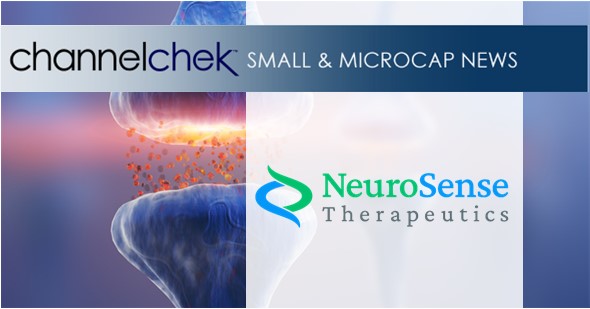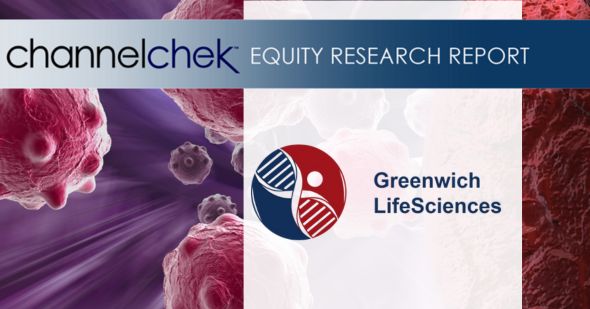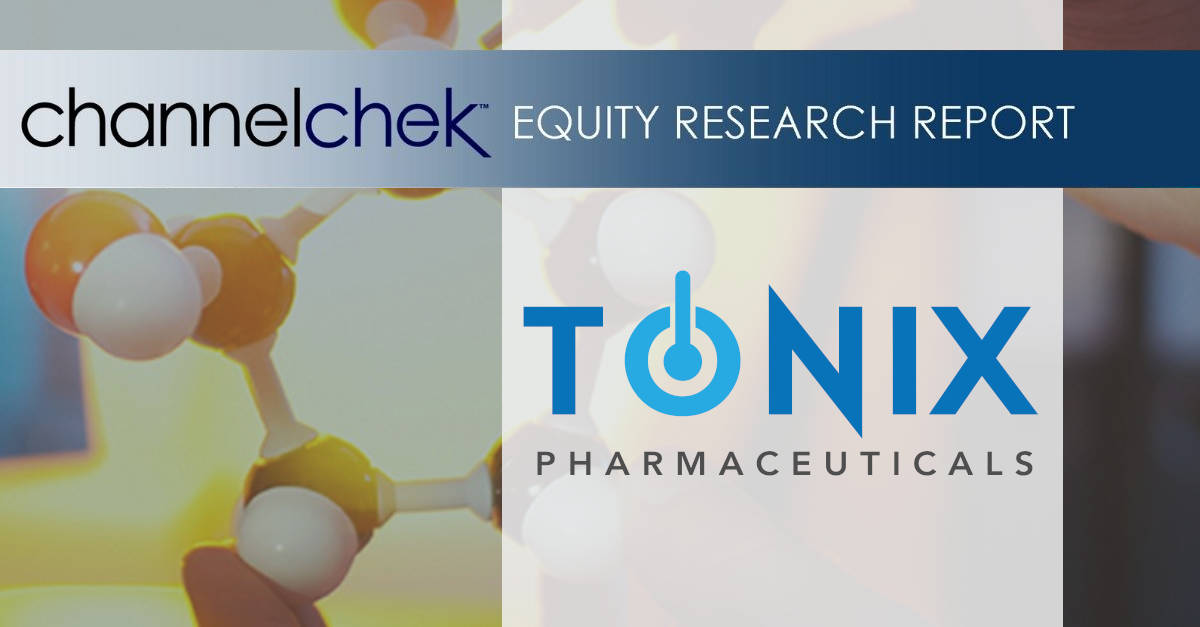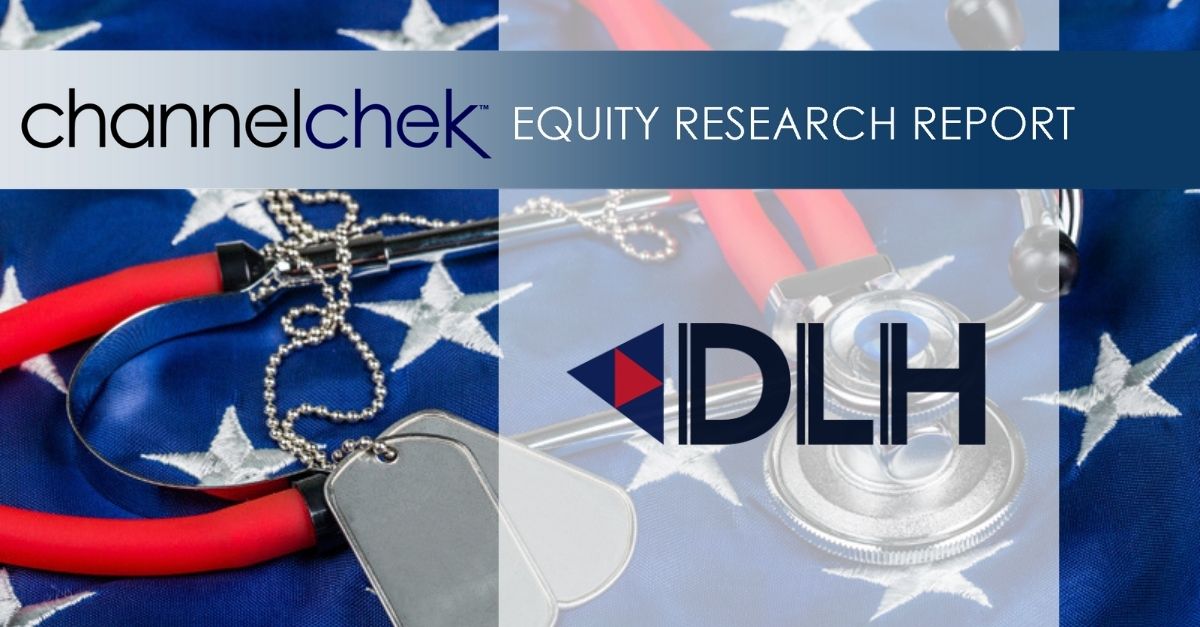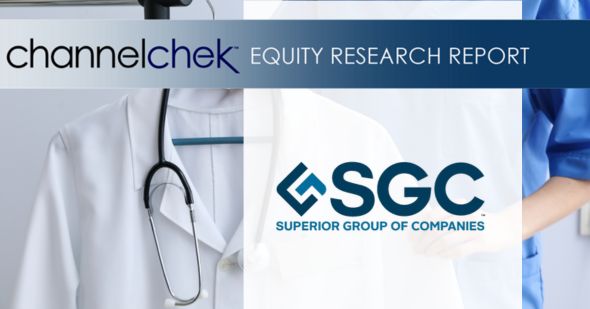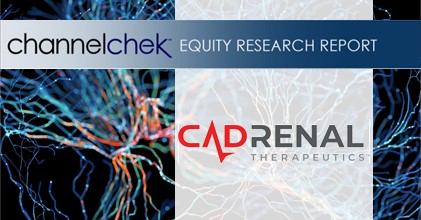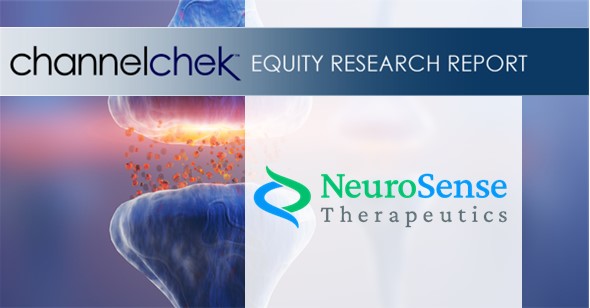Sanofi has agreed to acquire Dynavax Technologies Corporation in an all-cash transaction valued at approximately $2.2 billion, a move that significantly bolsters the French drugmaker’s position in the adult vaccines market. Under the terms of the deal, Dynavax shareholders will receive $15.50 per share in cash, representing a 39% premium to the company’s closing share price on December 23, 2025.
The acquisition brings Sanofi a marketed adult hepatitis B vaccine, HEPLISAV-B®, along with a differentiated shingles vaccine candidate currently in Phase 1/2 development. Together, the assets enhance Sanofi’s immunization portfolio at a time when adult vaccination is increasingly viewed as a major growth opportunity within global healthcare.
HEPLISAV-B is Dynavax’s flagship product and is already approved and marketed in the United States, the European Union, and the United Kingdom. The vaccine stands out due to its two-dose regimen administered over one month, compared with traditional hepatitis B vaccines that require three doses over six months. This shorter schedule enables faster and higher rates of seroprotection, addressing a key barrier to adult vaccination adherence.
Sanofi executives emphasized that the transaction aligns with the company’s long-term vaccines strategy. Thomas Triomphe, Executive Vice President of Vaccines at Sanofi, said the deal adds “differentiated vaccines that complement Sanofi’s expertise” while reinforcing the company’s commitment to vaccine protection across the lifespan. With Sanofi’s global commercial infrastructure, HEPLISAV-B could see expanded adoption beyond its current markets.
In addition to its hepatitis B franchise, Dynavax brings a shingles vaccine candidate, Z-1018, which is currently in early-stage clinical development. Shingles represents a sizable and growing market, with the World Health Organization estimating that one in three adults will develop the condition during their lifetime. While Sanofi already has experience in vaccines, the addition of an early-stage shingles program provides optionality and long-term pipeline upside.
From a public health perspective, the acquisition targets areas of substantial unmet need. In the United States alone, nearly 100 million adults born before 1991 remain unvaccinated against hepatitis B, leaving them vulnerable to chronic infection that can lead to cirrhosis and liver cancer. Adult immunization has historically lagged childhood vaccination rates, creating a meaningful opportunity for growth and impact.
Financially, Sanofi plans to fund the acquisition using existing cash resources. The transaction has been unanimously approved by Dynavax’s board of directors and will proceed via a tender offer for all outstanding shares. Completion is subject to customary closing conditions, including regulatory approvals, and is expected in the first quarter of 2026.
Dynavax CEO Ryan Spencer said joining Sanofi will provide the scale and expertise needed to maximize the impact of the company’s vaccines. He described the transaction as delivering compelling value to shareholders while advancing Dynavax’s mission to protect against infectious diseases.
Overall, the deal underscores continued consolidation in the biotech and pharmaceutical sectors, particularly around vaccines and infectious disease prevention. For Sanofi, the acquisition of Dynavax represents both a near-term revenue opportunity through HEPLISAV-B and a longer-term pipeline investment as it looks to strengthen its leadership in adult immunization.


